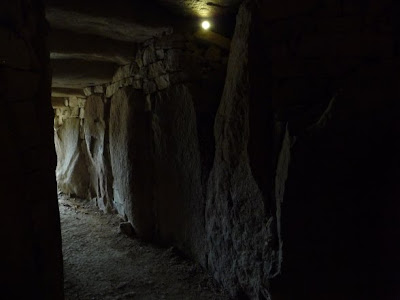 |
A city of cream-colored limestone, a bit monochrome for me, but nonetheless beautiful; incidentally, the minute you leave Brittany into the Loire Atlantique the roof-tops consistently change to tile! |
 |
Hey, he had 3 inches on either side! |
 |
Shopping district, Cognac |
 |
Indoor market |
 |
Interior of an office building, lawyers and real estate offices |
 |
Vicki made me take this picture...$112 underwear, typical of what we see in France; would nicely match the ass-less chaps we saw in San Francisco |
 |
Part of the old castle and city wall |
 |
Portal trowers |














































